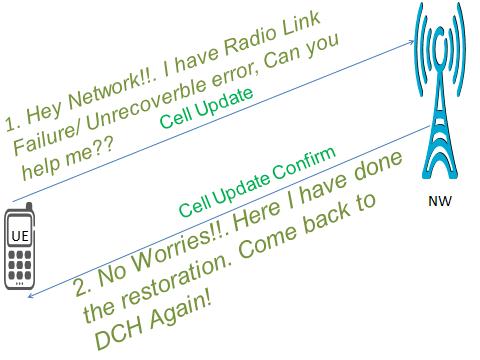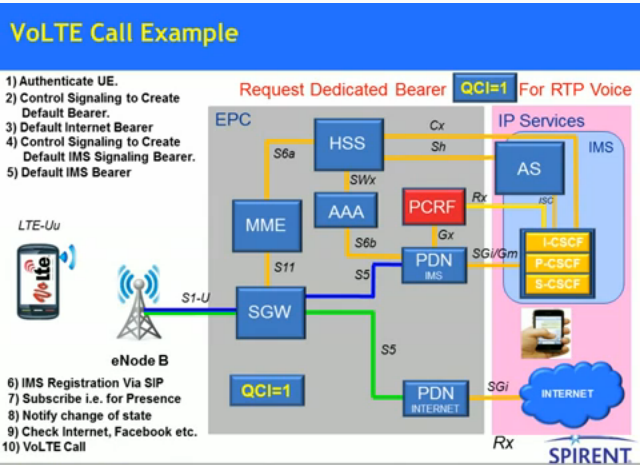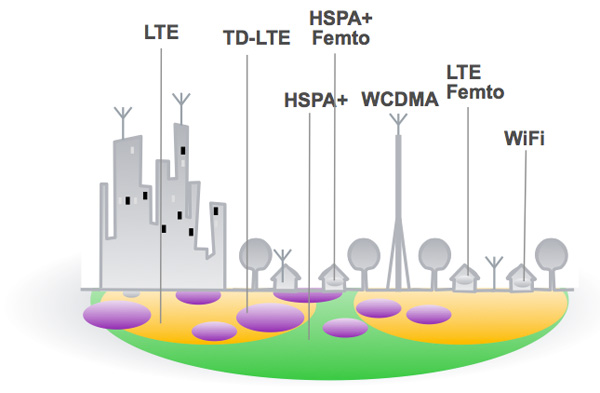
VoLTE – Voice Over LTE
Comprehensive VoLTE – Voice Over LTE description with details on end-to-end architecture, call handling, roaming and handover to UMTS and GSM. LTE as its core is an all IP network in which data connectivity is given more importance than traditional voice and SMS services. But similar to its predecessors LTE eventually require a way to support CS and messaging services (more ..)





